The 6061 aluminum alloy is widely used in various different fields. They are available in different types as 6061-T6, T651 and T6511. Each of them has specific characteristics to meet your requirements.
Read this guide for exploring the differences among these three tempers including their physical and mechanical properties and their usage in different applications.
Let’s dive into it.
What are 6061 T6, T651 and T6511?
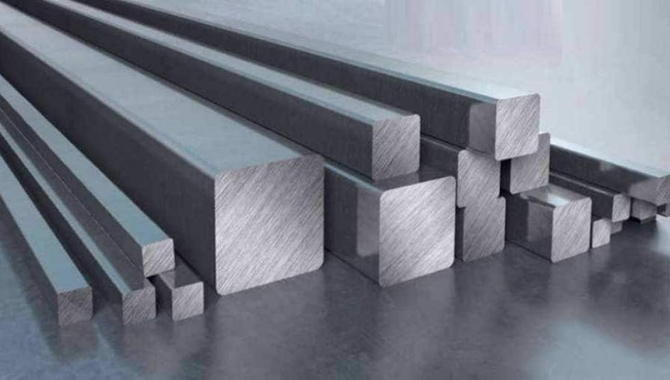
Aluminum alloy exists in three different variations named T6, T651 and T6511. The types have different properties but the plus point is that all these types are heat treated.
- 6061-T6:
T6 is the aluminum alloy that undergoes the heat treatment in order to improve the mechanical properties. In order to achieve the high strength, the T6 undergoes a heat treatment and aging process. Besides these processes, T651 is highly stress alleviated that helps it to become more stable as compared to T6.
The T6 and T651 are widely used in manufacturing. Here T651 is known for its exceptional flatness and stability. Due to these characteristics, the T651 is preferred in the operations where the high quality finish is required.
The aluminum is strengthened in three important steps using the T6 temper. The first step is to implement the solution heat treatment that uniformly distributes the alloying elements such as copper and magnesium throughout the aluminum.
The second step is the cold working. The step involves the stretching and bending of aluminum in order to strengthen it. The final step is reheating the aluminum at the lowest temperature in order to form the minute particles. The final step also strengthens the aluminum.
- 6061-T651
Aluminum alloy with 6061-T651 and T6511 undergo the hea treatment and processing in order to enhance the alloy’s durability and resistance. Here the T651 denotes the material that is subjected to the heat treatment and the cold working in order to increase the material’s stiffness.
- 6061-T6511
6061-T6511 has much improved characteristics. Such alloy is subjected to the T6 tempering which further involves the heat treatment and cold rolling. An amenable material is obtained as an outcome which is suitable for machining, stretching, and welding.
Difference in 6061 T6, T651 and T6511

Mechanical Property
Aluminum alloys have 6061 T6, T651 and T6511 have much similar mechanical properties. They are strong, durable, and have a higher value of Brinell hardness.
The alloys are considered to be best for the engineering and the structural applications.The T6511 differs slightly from the others as it is soft and easier to be machined.
Here is a overview of the values of mechanical properties of alloys:
| Property | 6061-T6 | 6061-T651 | 6061-T6511 |
| Shear Strength (MPa) | 200 | 200 | 200 |
| Modulus of Elasticity (GPa) | 68.9 | 68.9 | 68.9 |
| Fatigue Strength (MPa) | 96 | 96 | 96 |
| Brinell Hardness (HB) | 95 | 95 | 95 |
| Yield Strength (MPa) | 240 | 240 | 240 |
| Elongation at Break (%) | 8-12% | 8-12% | 8-12% |
| Tensile Strength (MPa) | 290-310 | 290-310 | 290-310 |
Physical Property
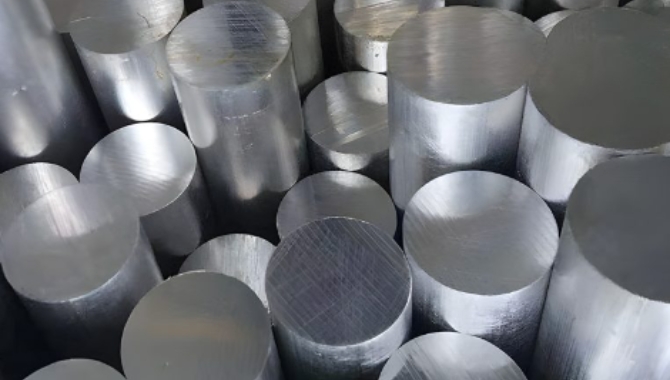
The physical properties of 6062-T6, T651 and T6511 are almost similar because they are made up of the same alloy i.e, aluminum. There is a change in the density value while the thermal expansion rates and the thermal conductivity values are all the same.
The alloys undergo various processes (cold pressing, tempering, welding) but they are similar to each other externally.
| Physical Property | 6062-T6 | 6061-T651 | T6511 |
| Thermal Conductivity (W/m.K) | 167 | 167 | 167 |
| Electrical Conductivity (%) | 40 | 40 | 40 |
| Melting Range (°C) | 582-652 | 582-652 | 582-652 |
| Density (g/cm^3) | 2.70 | 2.70 | 2.70 |
| Coefficient of Thermal Expansion (µm/m·°C) | 23.6 | 23.6 | 23.6 |
Strength
The value of tensile and yield strength of 6061-T6, T651 and T6511 is 310 and 240 MPa. But similar values of strength, don’t mean they are treated the same. T651 and T6511 are treated in a different manner in order to make it stable and easy to undergo various processes.
The change in the values of strength of these alloys are observed while handling them. The value of residual stress of T6 rises as compared to others when processes take place. Of all these alloys, T6511 is easy and flexible to work with and it make the complex processes easier
Dimensional Stability Contrast
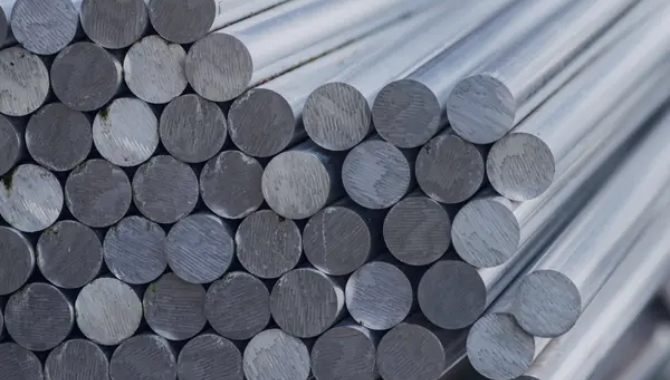
There is a huge difference in the dimensional stability contrast of the alloys because each of them have different treatment techniques. The alloys 6061-T6 is able to maintain the internal stresses and because of these characteristics, it is able to shift the internal stresses during the cutting procedures.
The alloy T651 is stabilized due to stretching while alloy T6511 is stabilized by cold warming. Because of such procedures both of the alloys become resistant to deformation when exposed to welding and machining.
Vibration Dampening
The presence of high internal stresses in the T6, it is less effective to absorb the vibration as compared to others. The T651 is best suitable for the application that requires the vibration control. This is done so as to decrease the internal stresses present in them.
The T6511 material is ideal for the extruded shapes where there is a need for vibration damping. However it is not well optimized for this feature as the T651 molding material.
Heat Treatment for 6061 T6, T651 and T6511
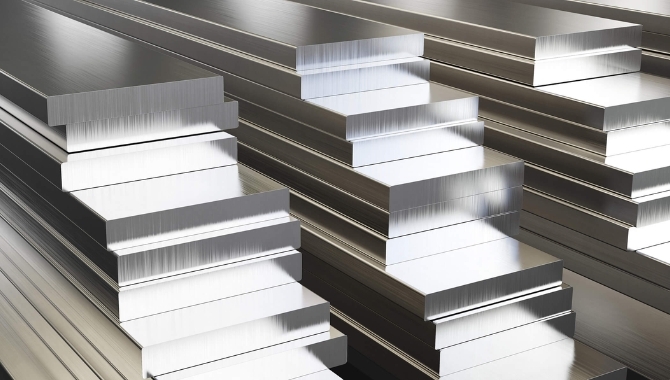
- T6 alloy
The heat treatment done on the T6 alloy consists of two steps. The first step comprises the solution of heat treatment. The step consists of the heating of alloy such that the alloy takes one even aluminum core shape.
The heated material is allowed to cool this process is known as quenching. and then it is again exposed to heat. Now the temperature is low as compared to the first place. This is done to give it a fine particle texture.
This is also done so as to make the alloy strong and unbreakable.the value of tensile strength and Brinell Hardness increases. But the internal stresses interfere with the machinability.
- T651 Alloy
The heat treatment of the T651 is similar to the T6. The process starts with the solution of heat treatment and then the next step is quenching and the next step is artificial aging. The T6 heat treatment ends at artificial aging but the heat treatment of T651 is carried on with stress relief stretching.
After the quenching process, the material is allowed to pass through the controlled stretching. This is done to make sure to remove any internal stresses (if any). By adding this step, alloys’ dimensional integrity is improved and there are less chances for any deformation during any process (welding, machining).
- T6511 Alloy
The heat treatment of T6511 is much similar to the T651. The processes such as solution heat treatment, quenching and artificial aging are similar. The internal stresses are reduced in the T6511 because of the cold working processes such as the extrusion.
Advantages of 6061 T6, T651 and T6511
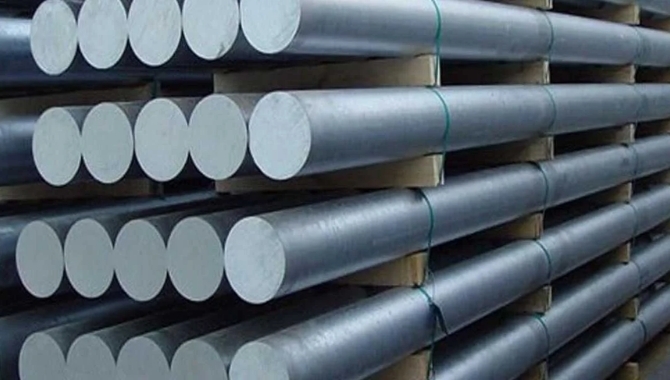
- T6 Alloy
The alloy T6 is best corrosion resistant and high in strength and durability. One of the best advantages of the T6 is that it is able to undergo various processes with ease. These alloys are highly efficient and reliable. They are widely used in LED bulbs and screwdrivers.
- T651 Alloy
The alloy T651 is high in tensile strength and workability. It is excellent for corrosion resistance. Because of the high value of thermal conductivity, they are widely used in heat exchangers. The fatigue resistance of T651 is best for the cyclic loadbeast.
- T6511 Alloy
The alloy T6511 has such good machinability that it can be transformed into the desired parts. The T6511 are also corrosion resistant. During the cutting process, the T651 is preferred because of its physical stability and less chances of deformation.
Disadvantages of 6061 T6, T651 and T6511
- T6 Alloy : The alloy T6 needs a severe heat treatment in order to have a final product. The temperature, burning rate and duration is monitored throughout the process. There are high chances that the material becomes less ductile and less flexible when exposed to high temperatures. They are expensive.
- T651 Alloy: The controlled stretching in the heat treatment process is expensive. Such a step also consumes time and money.
- T6511 Alloy: The limited amount of weldability in the T6511 alloy makes it difficult to weld and there are high chances of reduced weld strength and cracking. That is why T6511 doesn’t make reliable weld joints.
Applications of 6061 T6, T651 and T6511
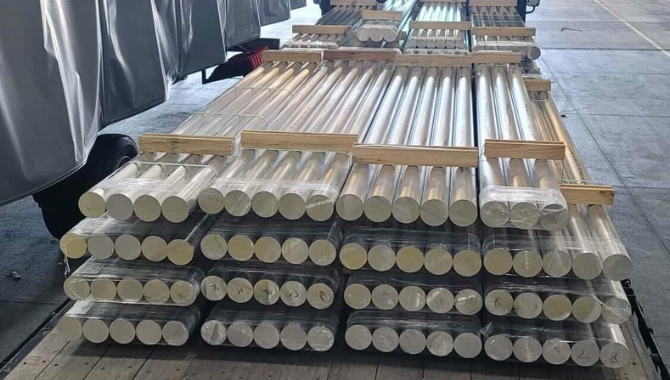
The application of alloy T6 is as follows:
- Airframe Elements: the parts such as the brackets, covers and braces offer sufficient strength and durability while weighing slightly.
- Sports Supplies: the T6 are widely used in the sport equipment. The bat and the bicycle parts are aluminum alloy T6.
- Doors Windows Fixtures: the door, windows fixtures and other light weight material are made up of the T6.
- Tools for Gardens: T6 are used to make trimmers and edgers for the gardens. They are durable and are designed tolerable to outside conditions.
- Marine Sections: The rails and the hatchers are among the essential components made up of T6. Because of their corrosion resistant nature, they are best suitable for the underwater conditions.
- Plumbing and Pipes: The alloy T6 is best suitable to make flanges and elbows, because of the ductility and malleability of T6, they are easily transformed into pipes.
- Bicycles Frames: T6 alloy is used for the designing of bicycle frames as it has high tensile strength. The frame structures are resistant to strict weather conditions.
- Machine Frames and Structure: T6 alloy are highly suitable for the manufacturing of the machine frame structure.
- Structural Frames: The structural frames are made up of T6 alloy and are highly adaptable and versatile for a wide range of applications.
Outlined below are the uses of alloy 6061-T651:
- Machinery Parts: The alloy is used for the manufacturing of machinery parts such as the fixtures and frames.
- Aircraft Elements: The alloy T651 is widely used to manufacture the braces and the brackets of the aircraft.
- Tube Connections and Pipings: The tube fitting and the pipings are made of T6511 alloy. Elbows and tees are made from the alloy.
- Marine Applications: The alloy T651 is corrosion resistant and it is appropriately used to make the docks and gears.
The T6511 standard has several different practical applications:
- Vehicle Frame and Chassis: the automobile chassis and body panels are made up of alloy T6511. It is highly suitable for the manufacturing of external parts of vehicles.
- Electronic Manufacturing: T6511 is also suitable for manufacturing electronic appliances and gadgets.
- Machinery Tools and Parts: T6511 is used for manufacturing of sturdy and long-lasting equipment and tools used for cold working welding and other processes.
- Medical Equipments: T6511 alloy is highly malleable and ductile because of this property it is used for manufacturing of medical devices and machines. X-rays machines and monitors are made from T6511 alloy.
- Transportation Structures: Bus interiors, aircraft’s fuselage and glazing frames are all made up of T6511 alloy.
- Enclosure for Harsh Weather Conditions: T6511 is ideal for the manufacturing of electrical boxes, meter housing and telecom equipment placed outside harsh weather conditions.
Conclusion
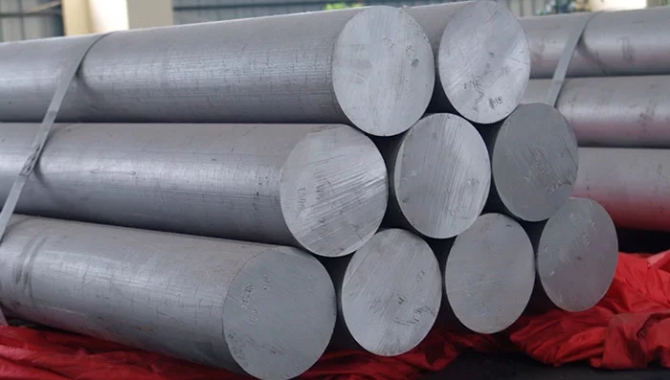
Different aluminum alloys have different properties, and based on the complete comparison above, you should be able to make the right choice!




